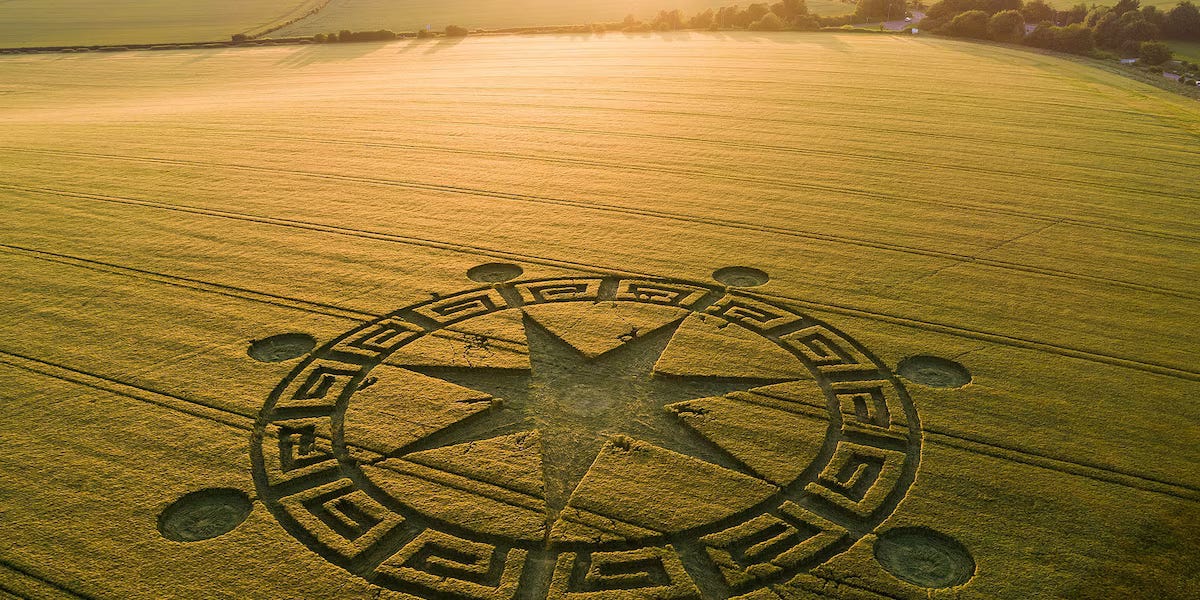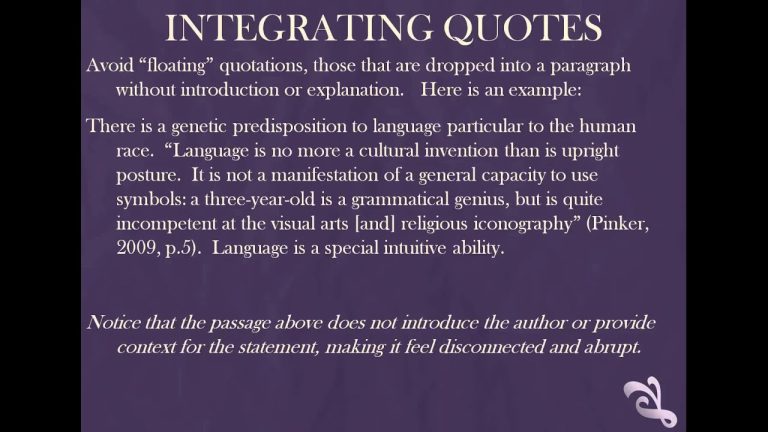The world of crop circles has long intrigued scientists, artists, and mystery seekers alike. These geometric patterns, pressed into fields of crops, range from simple circles to breathtakingly complex designs. Among them, one stands out for its sheer precision and mathematical depth — the Mandelbrot Set crop circle.
This extraordinary formation is more than just an artistic marvel. It bridges the gap between mathematics and mystery, blending human creativity with the elegance of fractal geometry. To understand the significance of the Mandelbrot Set crop circle, one must first grasp the concept of the Mandelbrot Set itself — a symbol of infinite complexity hidden within simplicity.
What Is the Mandelbrot Set?
The Mandelbrot Set is one of the most famous discoveries in mathematics, named after the French-American mathematician Benoît B. Mandelbrot, who introduced it in 1980. It represents a set of complex numbers that, when visualized, form a stunning fractal — a pattern that repeats infinitely at every scale.
The Mandelbrot Set is often described as the mathematical equivalent of nature’s design, found in coastlines, snowflakes, and galaxies. Its mesmerizing shape — a black bulb surrounded by smaller, endlessly repeating patterns — has become an icon of chaos theory and mathematical beauty.
It’s no wonder that someone chose this symbol of infinite complexity to appear as a crop circle in the English countryside.
The Appearance of the Mandelbrot Set Crop Circle
In 1991, an extraordinary formation appeared in a field near Ickleton, Cambridge, England. It wasn’t just another circle or spiral — it was a near-perfect representation of the Mandelbrot Set.
Observers were astonished. The design mirrored the fractal structure of the real mathematical set with remarkable accuracy, something that would have required precise understanding of complex geometry and exceptional execution.
Unlike most crop circles, which often evoke mystery or extraterrestrial theories, this one stood out for its intellectual and artistic depth. It was as if mathematics itself had taken form in the fields.
The Precision and Design
The Mandelbrot Set crop circle was approximately 200 feet wide, displaying the main cardioid (heart-shaped) bulb and several smaller surrounding lobes — just like the original fractal pattern.
What made it particularly astonishing was the accuracy of proportion. Even though it was created on a massive scale, the ratios between the shapes matched the mathematical set with surprising fidelity.
This level of precision led many to believe that the creators were not only skilled in geometry but also deeply familiar with the science of fractals. Some even suggested that it required computer-generated mapping to achieve such a result.
The Mathematics Behind the Mystery
At the heart of the Mandelbrot Set lies a simple mathematical equation:
z → z² + c
In this formula, z and c are complex numbers. When the equation is iterated repeatedly, certain values remain bounded (forming the Mandelbrot Set), while others escape to infinity.
When visualized, these calculations produce the famous black-and-colored fractal image we recognize today. Its boundaries are infinitely detailed, meaning that no matter how closely you zoom in, new patterns continue to appear — each one self-similar yet unique.
This equation embodies the beauty of chaos theory: order emerging from apparent randomness. The fact that someone replicated this concept in a crop field transforms mathematics into living art.
Art, Science, or Something More?
The Mandelbrot Set crop circle blurred the line between art and science. Was it an homage to mathematics? A message about the unity of nature and numbers? Or simply a beautifully executed artistic statement?
Many saw it as a celebration of human intellect and creativity. Others, fascinated by the more mysterious side of crop circles, speculated whether it was a form of communication — a sign from an intelligence familiar with the language of mathematics.
Regardless of the interpretation, the formation demonstrated that crop circles could evolve beyond folklore and mystery into a medium of sophisticated symbolic expression.
The Symbolism of Fractals in Nature
Fractals like the Mandelbrot Set are more than mathematical curiosities; they are the architecture of the natural world. Trees, lightning bolts, clouds, and river systems all exhibit fractal geometry — repeating patterns at varying scales.
The Mandelbrot Set represents this universal principle of self-similarity, where complexity arises from simple rules. The crop circle, therefore, was not just a mathematical image but also a reflection of nature’s blueprint — a symbol that everything, from galaxies to grains of wheat, follows the same elegant laws of order.
This symbolism resonated deeply with those who viewed the crop circle as a message about harmony between nature and mathematics.
The Creation: Human Hands or Something Else?
As with many crop circles, speculation surrounded how the Mandelbrot Set formation was made. Some believed it was a deliberate human creation — a masterpiece by skilled artists and mathematicians who wanted to merge science and crop circle art.
Others saw it as evidence of something beyond human comprehension. The complexity of the design led a few to question whether it could have been made overnight without detection, sparking theories of unexplained origins.
However, later investigations suggested that a group of human circle-makers, inspired by the beauty of fractals, had indeed created it. Their purpose was to honor the intersection of mathematics, art, and mystery, and they succeeded brilliantly.
Public Reaction and Media Coverage
When the Mandelbrot Set crop circle was discovered, it quickly caught the attention of both the media and academics. Newspapers and television channels covered the story, often marveling at its precision and symbolism.
Mathematicians found it fascinating, seeing it as a bridge between pure science and artistic interpretation. Artists admired its balance and geometry, while the general public was captivated by the mystery of how such a mathematically perfect shape appeared overnight.
It sparked renewed interest in both fractals and crop circle phenomena, drawing tourists and scholars to the site.
The Legacy of the Mandelbrot Set Crop Circle
Decades later, the Mandelbrot Set crop circle remains one of the most iconic and intellectually intriguing formations ever created. It marked a turning point in the evolution of crop circles — from mysterious patterns to sophisticated mathematical and artistic expressions.
It inspired a wave of similar designs incorporating geometry, fractals, and sacred mathematics. For many, it demonstrated that crop circles could serve as a canvas for human ingenuity, blending science, philosophy, and art into a single, breathtaking visual.
Today, images of the formation continue to circulate online, symbolizing how creativity can bring abstract mathematical beauty into the physical world.
The Harmony Between Numbers and Nature
The story of the Mandelbrot Set crop circle reminds us that mathematics is not separate from the world — it is woven into it. The spiral of a galaxy, the branching of a tree, and even the pattern of a seashell all follow mathematical rules.
The crop circle embodied this truth visually, transforming invisible equations into tangible art. It invites us to see math not as something confined to textbooks, but as the living language of nature — a language that connects logic, beauty, and mystery.
In the Mandelbrot Set crop circle, the universe seemed to whisper its secrets through geometry and symmetry, reminding us that math and nature are two sides of the same cosmic equation.
Conclusion
The Mandelbrot Set crop circle remains one of the most fascinating examples of how mathematics and mystery intertwine. Whether seen as an artistic tribute, a scientific marvel, or a symbolic message, it captures the timeless relationship between human curiosity and the patterns of nature.
It stands as a testament to creativity — a reminder that even in the most ordinary fields of wheat, extraordinary ideas can take shape.
In the quiet geometry of that formation lies a universal truth: the world itself is a fractal, endlessly repeating, infinitely beautiful, and bound together by the invisible power of mathematics.
FAQs
1. What is the Mandelbrot Set crop circle?
It is a crop formation that appeared near Cambridge, England, in 1991, depicting the mathematical shape known as the Mandelbrot Set — a famous fractal representing infinite complexity.
2. Why is it called the Mandelbrot Set?
It’s named after mathematician Benoît Mandelbrot, who discovered and visualized the fractal pattern that reveals infinite repetition in simple mathematical rules.
3. Was the Mandelbrot Set crop circle man-made?
Yes, most evidence suggests it was created by human circle-makers who intended to honor the beauty of mathematics and demonstrate precision through art.
4. Why is the Mandelbrot Set significant in mathematics?
It represents the concept of fractals and chaos theory, showing how complex and infinite structures can emerge from a simple equation. It’s a cornerstone of modern mathematical visualization.
5. What does the Mandelbrot Set crop circle symbolize?
It symbolizes the connection between mathematics, nature, and human creativity — showing that patterns in nature reflect universal mathematical laws.
Also read: Dharam Singh Story Regarding India’s Water Pollution: A Journey of Change and Awareness




Leave a Comment